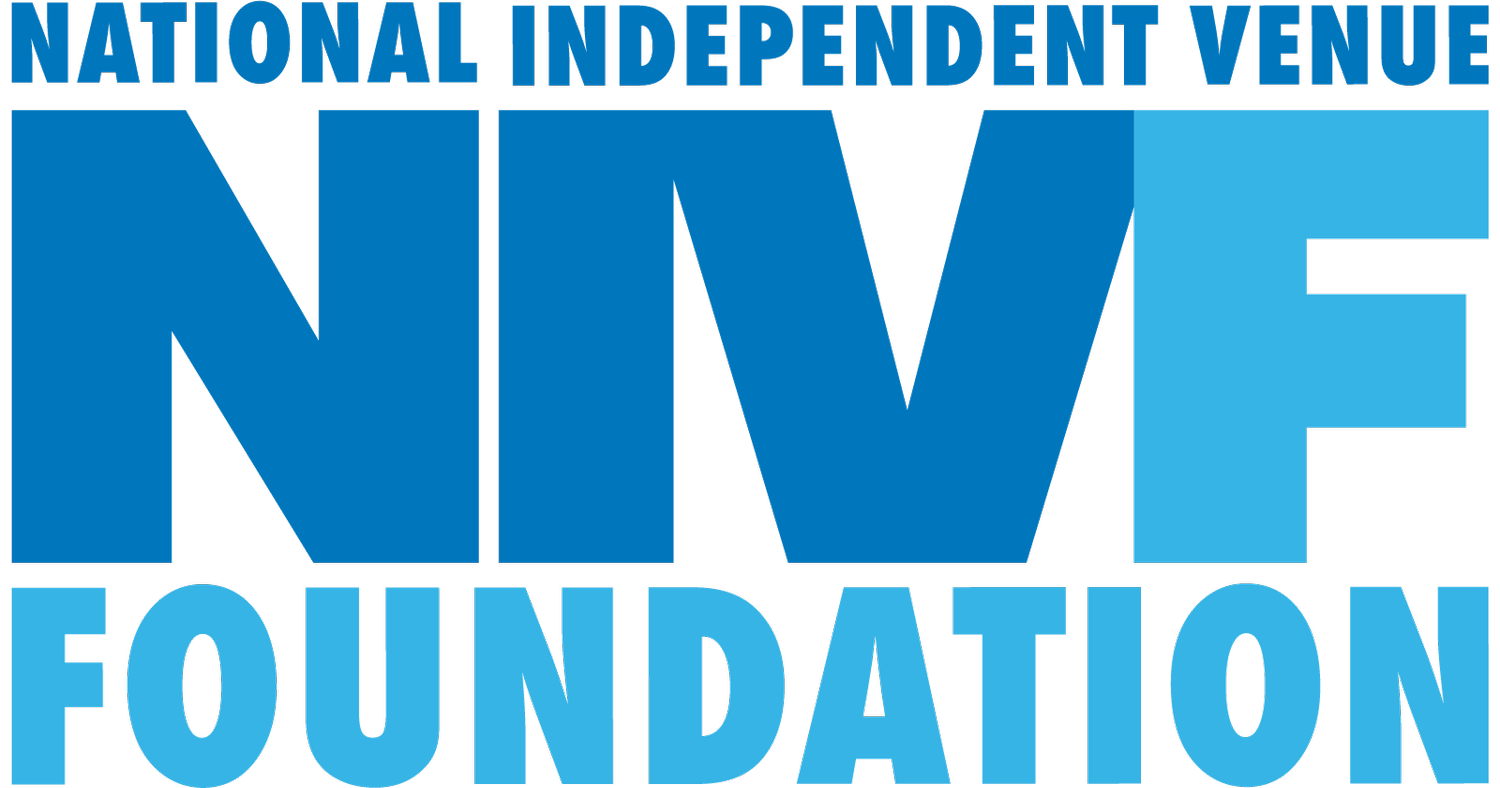presented in partnership with Live music Society
Sound Decisions: Designing for impact in small venues
Part 1
Sound Decisions: Designing for impact in small venues
Session Description: Join us for an inspiring and practical conversation about venue acoustics and multi-use space design featuring two trailblazers in live entertainment: Sam Berkow, acoustician and Project Director at Henderson Engineers, and Nick Forster, eTown Founder and Host. Together, they’ll explore best practices for small venue acoustics, what to consider when designing or retrofitting a performance space, and how intentional sound design supports artist, audience, and community impact.
Target Audience:
🎧 Independent Venue Operators & Owners - especially those managing small or mid-size venues who are considering renovations or new builds or anyone wanting to improve sound quality, audience experience, or acoustic versatility in their space.
🛠️ Production & Technical Staff - sound engineers, production managers, and technicians who want to learn more about how acoustics influence live sound in smaller venues or staff involved in multi-use space conversions or hybrid event planning.
🎙️ Nonprofit Leaders & Arts Administrators - especially those working in community arts centers or music societies focused on improving venue infrastructure and community impact.
🎤 Musicians, Promoters, & Booking Agents - artists and agents interested in understanding how venue acoustics affect performance and audience connection.
🎓 Students & Emerging Professionals - in sound design, venue management, or production who are seeking industry knowledge from seasoned experts.
Instructed by: Nick Forster & Sam Berkow
ADDITIONAL RESOURCES
🎯 Key Takeaways – Designing for Impact in Small Venues
🔧 Plan Acoustics Early
Define your dream for the space before you build or renovate — include how you’ll use it (recording, live shows, streaming).
Think about both isolation (keeping sound in/out) and room acoustics (how sound behaves inside) as separate issues.
Budget choices matter: even small upgrades (like risers or duct silencers) can have outsized impact.
💡 Smart Design Moves
Use floating floors, double walls, and decouplers where possible to control bleed and vibration.
Build in empty conduit and cable trays to future‑proof for digital/analog changes and streaming needs.
Add diffusers and absorption (especially at back walls, ceilings, and corners) to control reflections and tame boomy low‑end.
🔊 Sound System Strategy
Prioritize coverage over sheer volume; avoid aiming speakers at walls.
Consider cardioid subs or bass traps to address low‑frequency build‑up.
Test with impulse responses or hire an acoustics consultant — even a few hours of guidance can save costly mistakes.
🌬️ HVAC & Infrastructure
HVAC noise is a hidden culprit: use duct silencers, isolation mounts, and low‑velocity units.
Don’t overlook penetrations like doors, vents, or conduit — they can leak sound despite treated walls.
📦 Working with Limited Budgets
You don’t have to solve everything at once: treat the most problematic reflections first.
DIY panels, simple risers for amps/drums, and modular diffusers can be affordable fixes.
Look into grants (e.g., Live Music Society’s Toolbox grants) for upgrades like ADA access or PA improvements.
🎻 Operating Mindset
Good sound = happier bands, happier audiences, and more return bookings.
Train staff to balance technical skill with restraint — avoid “over‑mixing.”
Foster collaboration between crew, designers, and owners to keep improvements aligned with venue goals.
💪 Big Picture
Building or improving a venue is iterative. Even E Town Hall, with significant investment, took years of phased improvements.
Nonprofits and for‑profits alike benefit from intentional sound design—it’s not just aesthetics, it’s a long‑term investment.

